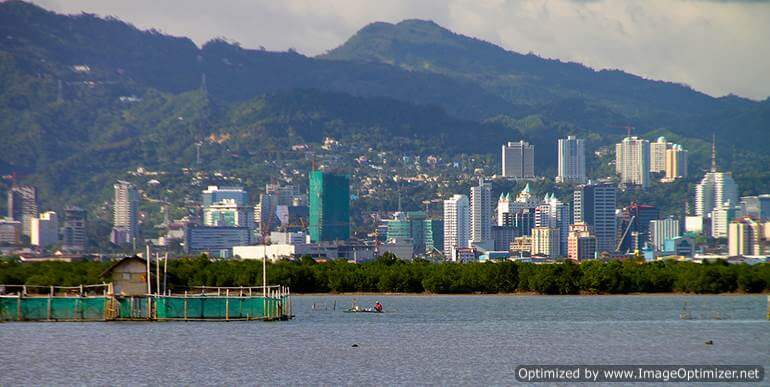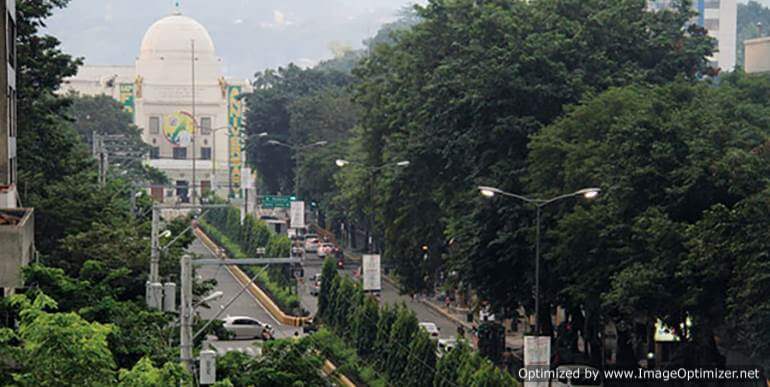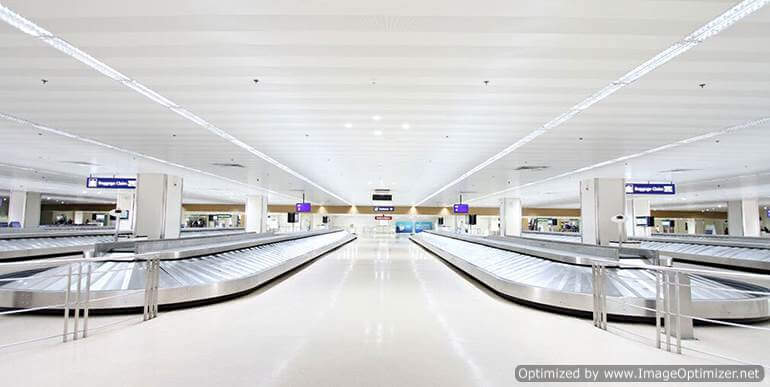
Quietly and under the radar, Cebu’s industrial sector has grown faster than any other region in the country principally lead by ship building, electronics, creative industries and furniture. Cebu is arguably the country’s most diversified industrial region today, one whose path of development mimics the newly industrialized economies (NIEs) of the region.
Back in the ’80s, the more senior among us will recall how South Korea, Taiwan, Singapore and Hong Kong rose to economic prominence on the back of a vigorous manufacturing sector. These NIEs were the superstars of their day posting GDP growth rates north of 7 percent a year up until the Asian Financial Crisis of 1997.
The Philippines could only watch from afar with envy. We had our own demons to deal with. The ’80s and ’90s was a time of consolidation for us given the need to rebuild our democratic institutions following the Marcos dictatorship. There was also the need to break down the monopolies that debilitated the economy, particularly in electric power, water distribution, telecommunications, air and sea travel, etc. The spate of coup d’ etat didn’t help either.
As the NIC’s grew from strength to strength, the Philippines was relegated to become the “sick man of Asia,” a moniker that still stings acerbically today.
But in the last five years, things have changed thanks to Aquino’s promise of good governance and commitment to fight corruption. Business confidence rose and investors, foreign and local, responded favorably. Keen fiscal management, too, by the Bangko Sentral ng Pilipinas and the Department of Finance made us one of the most financially stable economies in the world, even gaining the much coveted investment grade status from Standard & Poor’s, Fitch and Moody’s Analytics. All this has resulted in growth of 6.3 percent over the last five years, the highest among the ASEAN nations.
It seems our day of reckoning had come and we had finally joined the ranks of the NIEs. But no…. there is a chip in our armor. Truth is, only 33 percent of the economy is attributed to industry. The lion’s share of 57% is ascribed to services while the balance of 10% is due to agriculture. By no means can we be considered a newly industrialized economy. What we are is a service-driven economy. And since we had bypassed the entire process of industrialization (by making the big leap from an agricultural to a service based economy), we now lack the expertise to deliver services with high technological inputs such as medical research, telecommunications, nano engineering, and the like. Our services remain of the most basic kind with little value added. This includes contact centers, hospitality and retail.
Cebu, however, is the maverick among us. They are bucking the trend by deliberately forging ahead with industrialization even if the entire nation is now skewed towards services. Cebu, today, is what Singapore and Hong Kong were in the ’80s – a vigorous economy growing at nearly 10 percent a year, fueled by manufacturing, exports, construction and mining.
Cebu is developing to be the industrial epicenter of the country. Assuming nothing breaks their path of industrialization, they will be what the Basque Country is to Spain and what Nagoya is to Japan – the country’s epicenter of industry and technology. Their success will enable the entire nation to climb the value chain, both in the products we produce and the services we offer.
CEBU’S IMPRESSIVE NUMBERS
Metro Cebu consists of 13 cities and municipalities including the cities of Cebu, Mandaue and Lapu-Lapu. Collectively, its 5,000 square kilometer expanse is 7.4 times the size of Singapore. It has a population of 4.5 million residents, the majority of whom are in their twenties. Nearly 100 percent of its residents are skilled, educated and English speaking. In short, Cebu has the land, natural resources and talent to sustain its industrial expansion for the next 30 years.
Having said that, Cebu has already surpassed the national average in terms of the industrial sector’s proposition to the rest of the economy. As of last year, Metro Cebu’s industrial sector accounted for 39.43 percent of its economy, 6.18 percentage points more than the national average. Further, 29.11 percent of Metro Cebu’s labor force derive their livelihood from the industrial sector as compared to the national average of only 15.91 percent. Having its economy biased towards industry is the reason why the Cebuanos enjoy one of the highest per capita incomes in the country.
While the entire nation enjoys the bragging rights of having the second fastest growing economy in Asia with its 6.2 percent growth over five years, Cebu outpaced the nation by expanding by 9 percent. It is a pace only matched by the NIC’s of the ’80s and China. Not even Metro Manila, with its 6.6 percent growth, could match Cebu’s rapid ascent. The queen city of the south is now the country’s fourth largest regional economy following Metro Manila, Calabarzon and Central Luzon. Note, however, that it has the smallest population among them.
Cebu’s industrial sector is growing at nearly twice the pace of its service sector. Between 2010 to 2014, industrial growth (manufacturing, construction and mining and utilities) was at 13.36 percent compared with 7.42 percent growth in services. At this rate, Metro Cebu can be a fully industrialized region before 2025.
The nation is already benefitting from the industrial policy of Cebu. Last year, it generated $5.4 billion worth of exports, $1.9 billion more than it imported. Exports between 2013 and 2014 grew by a whopping 38 percent.
Like the rest of the country, infrastructure is key to unlocking the potential of Metro Cebu. By 2017, they will have a brand-new, world-class airport and a Bus Rapid Transit system. This is a good start but certainly not enough. The city’s roads, bridges, seaport and six export processing zones are bursting at the seams. Traffic in and around the city is almost as bad as that of Manila. It needs infrastructure badly so as not to choke its growth.
The entire nation has a stake in Metro Cebu’s success and we should do all we can to support it. After all, this is a region that has a clear vision of what they want to be by the year 2050. Cebu’s hopes and aspirations are embodied in its master plan called Mega Cebu 2050. Their impressive development road map can be viewed in this website: www.megacebu.org.
In the same manner as a parent invests in their most talented son, government must prioritize Cebu’s infrastructure development by channeling more of its infrastructure budget to it. Urgently needed are a storm water and sewerage management system, Automated Guideway Transits and Light Railway Trains to get in and around the city center, bulk water supply and the expansion of its seaport, to name a few.
Cebu is giving us a chance to industrialize – something we foolishly bypassed in the past. They have done so not so much by government design but through good planning and sheer hard work. Through them, the nation has a clear shot to join the ranks of the NIE’s and partake of the benefits that come with it. All Cebu needs is infrastructure. Government must give it to them.
Source: Andrew James Masigan | Manila Bulletin



